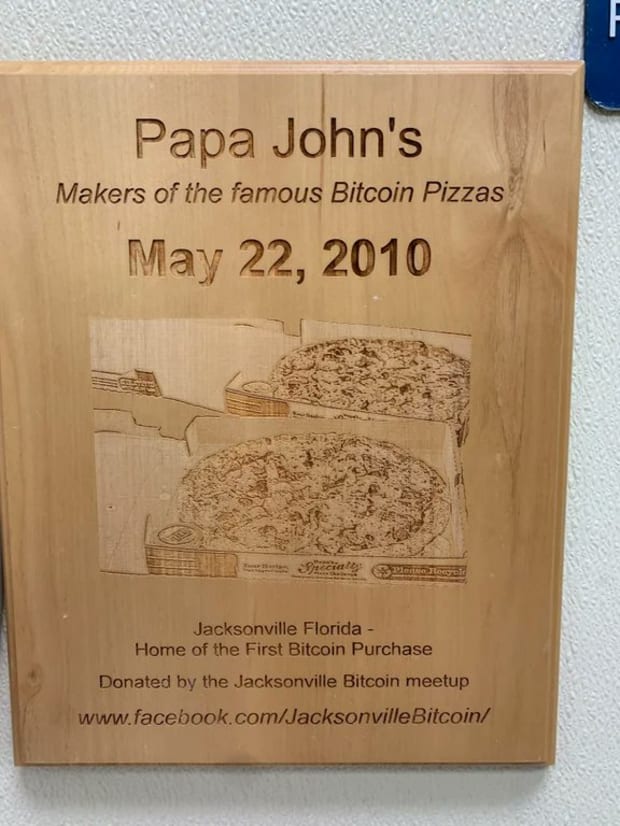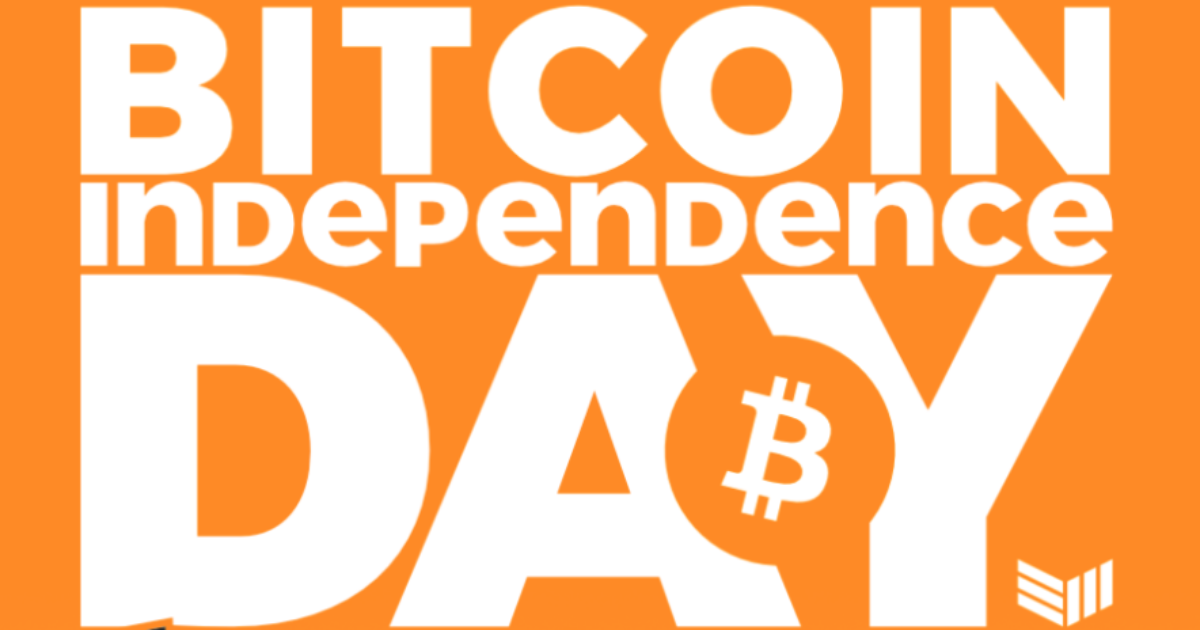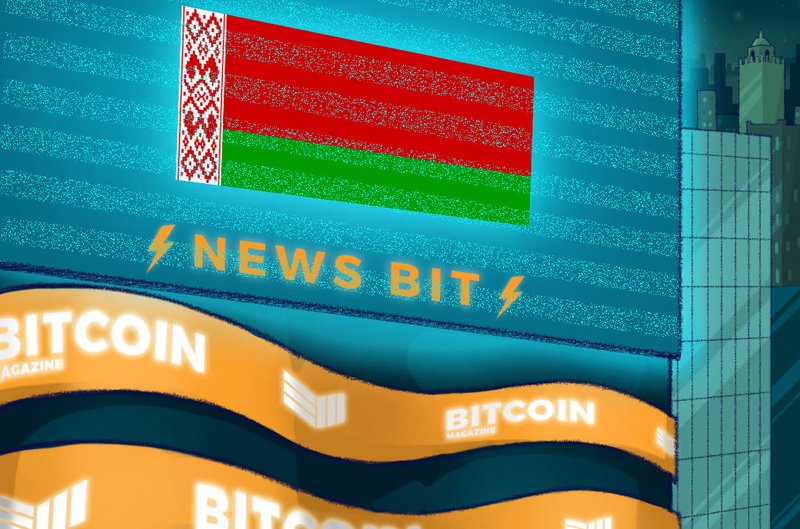Tether Partly Backed by Bitcoin, Court Transcription Reveals

Tether, a stablecoin tied to the dollar that is meant to mediate the volatility of other cryptocurrencies, is partly backed by bitcoin.
As detailed in court documents obtained by The Block, Tether admitted to using some of the cash reserves meant to back its stablecoin to purchase bitcoin, among other assets.
This revelation is the latest in legal proceedings between the New York Attorney General (NYAG) and Bitfinex, a leading cryptocurrency exchange which shares management with Tether. Bitfinex and the NYAG have gone back and forth in a battle of legal letters after the NYAG petitioned the New York Supreme Court to stop the exchange from drawing on a $900 million line of credit it established with Tether to cover $850 million in losses it incurred when its fiduciary relationship with payment processor Crypto Capital went south.
The war of words has offered a rare glimpse into Tether/Bitfinex’s shared business practices, including the revelation that Tether’s reserves are only 74 percent backed following the $850 million loss. Additionally, Bitfinex used Crypto Capital to commingle business and customer funds. Now, Bitfinex’s legal counsel is saying that some of these funds were used to buy bitcoin.
“Tether actually did invest in instruments beyond cash and cash equivalents, including bitcoin,” David Miller, Bitfinex’s attorney, testified, adding that it is a “small amount.”
Presiding Judge Joel M. Cohen responded by saying that, while it “may be a little beyond the issue,” that “Tether sounded to me like sort of the calm in the storm of cryptocurrency trading. And so if Tether is backed by bitcoin, how is that consistent? If some of your assets are in a volatile currency that Tether is supposed to somehow modulate,” then that supports the NYAG’s argument.
The rest of the document outlines an argument for why the NYAG’s injunction has grounds under the Martin Act, an anti-fraud law that gives the NYAG legal leeway to bring action against allegedly fraudulent securities issuers. The NYAG argues that, under the Martin Act, it has jurisdiction to pursue Bitfinex/Tether because neither offered sufficient disclosure to stakeholders (namely, Bitfinex users and tether holders).
But the judge opened up his remarks questioning this legal basis, stating that “it [isn’t] 100 percent clear what the violation [is].”
“The petitioner [NYAG] … very clearly and correctly said that the Attorney General’s Office is not a regulator, so there is no general mandate in the Martin Act to maintain the financial stability of any given company unless there is a statutory violation to pursue,” Judge Cohen said. “So the petitioner … has to show why in this particular case instability or failure to have enough coverage in terms of dollars constituted by itself a violation.”
Miller criticized the NYAG as having a “lack of jurisdiction” in the matter, arguing that the attorney general is only going after Bitfinex/Tether because it dislikes bitcoin as an asset. He also argues that Tether made proper disclosures regarding its fractional reserves in a February website update.
The May 16 hearing followed a temporary injunction granted by judge Cohen that would freeze Bitfinex’s line of credit for 90 days, a timeframe Bitfinex/Tether sought to reduce to 45 days.
In the background of the courtroom battle, Bitfinex launched a token sale to the tune of $1 billion to aid fund recovery efforts. The token, LEO, sold out and is currently trading; the $1 billion raised will go to cover some of the $850 million lost to Crypto Capital, with Bitfinex planning to buy back and burn outstanding supply until all tokens are out of circulation.
This article originally appeared on Bitcoin Magazine.








